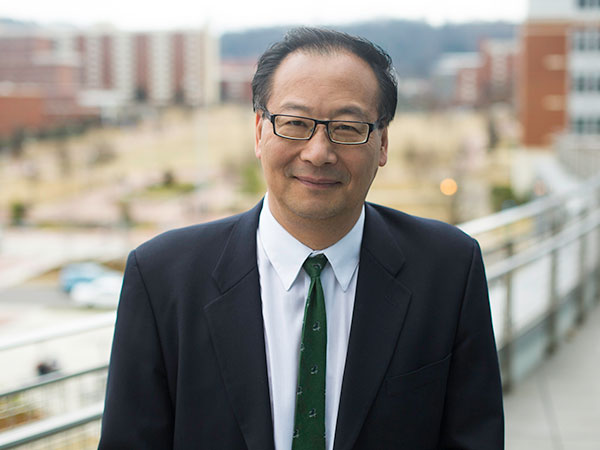Overexpression of Cell-Cycle Activator Gene Enhances Repair of Dead Heart Muscle
Researchers in the Department of Biomedical Engineering report a significant advance in efforts to repair a damaged heart after a heart attack, using grafted heart-muscle cells to create a repair patch. The key was overexpressing a gene that activates the cell-cycle of the grafted muscle cells, so they grow and divide more than control grafted cells.
Up to now, an extremely low amount of engraftment of cardiomyocytes has been a stumbling block in hopes to use grafted cells to repair hearts after a heart attack. Without the successful repair that a graft could potentially offer, the damaged heart is prone to later heart failure and patient death.
In experiments in a mouse model, UAB researchers showed that gene overexpression of the cell-cycle activator CCND2 increased the proliferation of grafted cardiomyocytes. This led to increased remuscularization of the heart at the dead-tissue site of the heart attack, a larger graft size, improved cardiac function and decreased size of the dead tissue, or infarct.
Besides regenerating muscle, the grafted cells also increased new blood vessel formation at the border zone of the infarct, apparently through increased activation of the paracrine mechanism. The UAB team used cardiomyocytes that were derived from human induced pluripotent stem cells, as they work toward a goal of eventual clinical treatment for human heart attack patients.
This UAB study, published online in Circulation Researc, is led by Jianyi “Jay” Zhang, M.D., Ph.D., chair and professor of the UAB Department of Biomedical Engineering and holder of the T. Michael and Gillian Goodrich Endowed Chair of Engineering Leadership.
